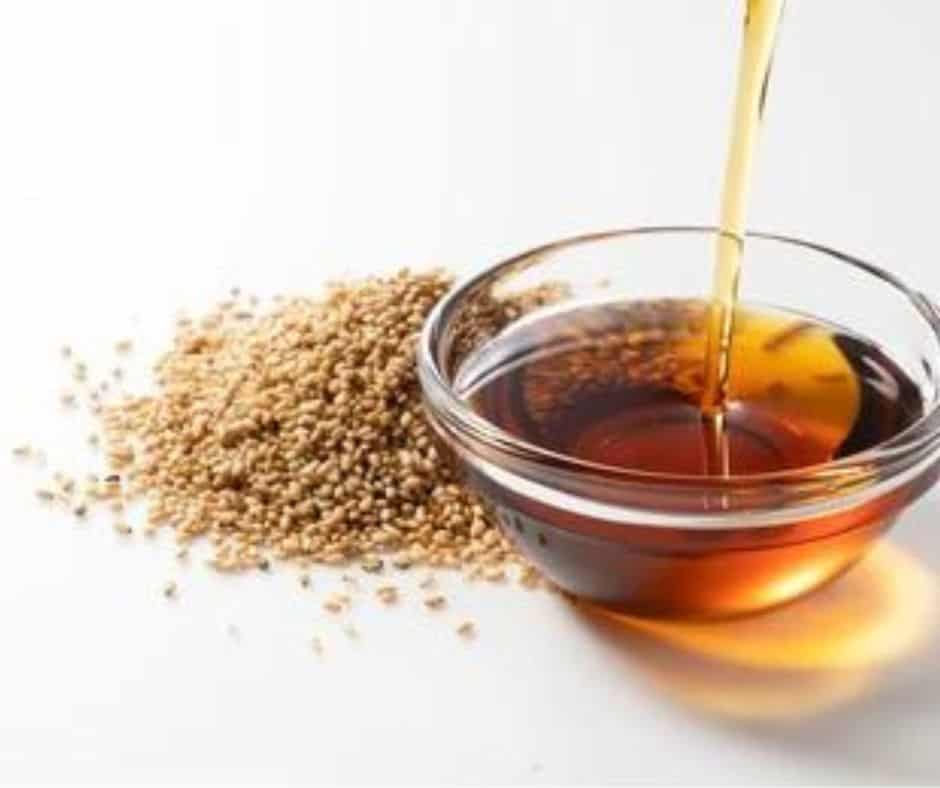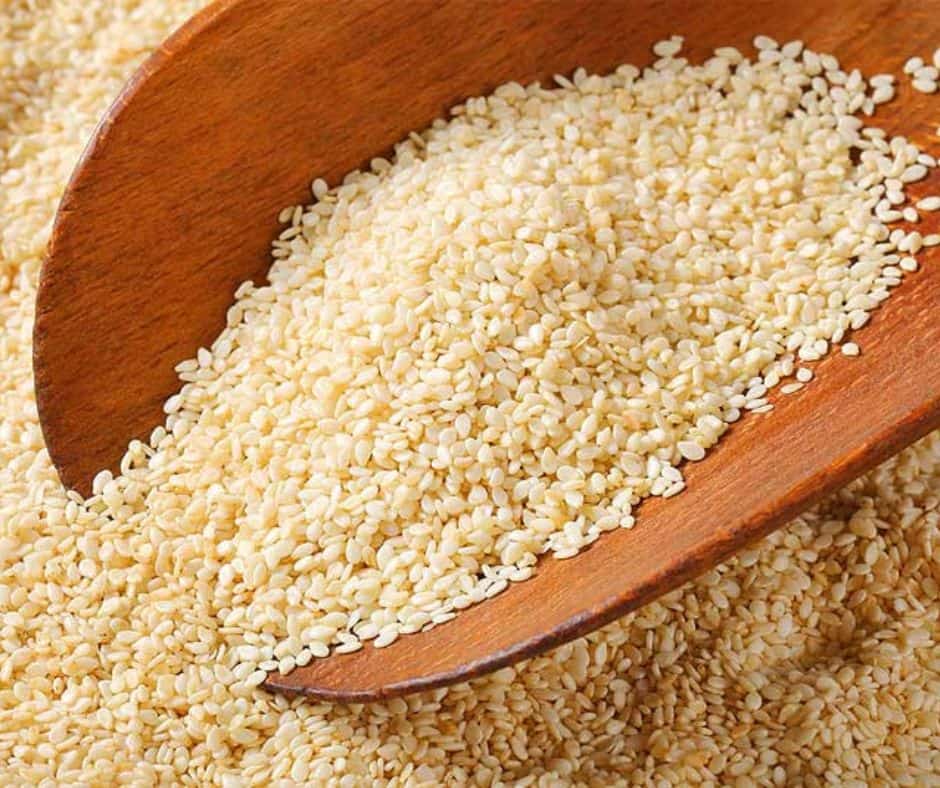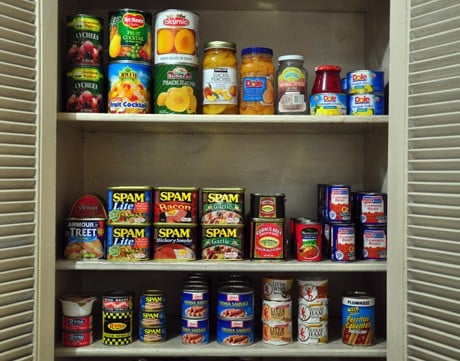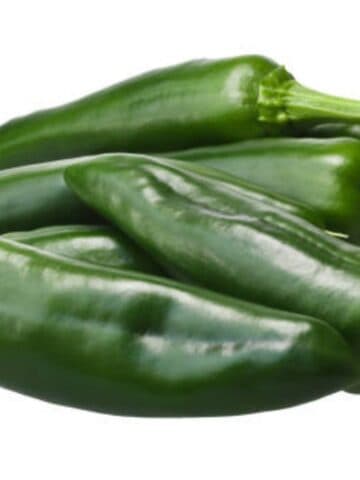Sesame Oil is a popular ingredient in Asian cuisine! If you have an old bottle laying around you want to use, read on for tips and tricks on how to know if your sesame oil has gone bad.

Sesame oil is popular for cooking, especially in Asian cuisine. It has a delicious nutty flavor that makes a great addition to marinades, salad dressings, and more. Plain sesame oil is also a healthy alternative to many other types of oils.
If you’re unfamiliar with sesame oil and recently purchased your first bottle, you may be wondering how long it can be stored on your shelf. The shelf life of sesame oil depends on the quality of the oil, when it is opened, and where it is stored.
Sesame oil, like many other types of oils, is made up of unsaturated fats that are good for you but have an expiration date. Eventually, as the oil is exposed to oxygen, it will become rancid.
As the fat in oils oxidize, it slowly becomes rancid and will develop an unpleasant taste or smell. For an oil that is so rich in taste and smell like sesame oil, this is a real problem. This process, called the rancidification process, happens so slowly that you may not notice it if you use sesame oil on a daily basis. If you are unsure if your oil is rancid, continue reading for my best tips.
Where Does Sesame Oil Come From?

Sesame oil is made from sesame seeds. It’s popular in Chinese cooking because of the rich flavor it contributes to the recipe.
Sesame oil is popular for its Vitamin E and many health benefits including reducing heart disease, being anti-inflammatory and helping control blood sugar. Plain sesame oil is a good substitution for many cooking oils.
There are two types of sesame oil: Plain Sesame Oil and Toasted Sesame Oil.
Plain vs Toasted
Plain or untoasted sesame oil comes from raw sesame seeds and is often used as a replacement for vegetable oil or canola oil. It is a light color, like sesame seeds, and has a very subtle flavor and aroma. It’s great for sauteing your favorite vegetables.
Toasted sesame oil is often more popular as a finishing oil, in salad dressings, or in marinades because it brings a stronger, sesame flavor and nutty aroma to your dishes. It’s made from toasted sesame seeds. Because the seeds have already been roasted, it has a much lower smoke point.
How Long Does Sesame Oil Last?
There’s no set date that sesame oil is good for. It depends on how it was processed and how it has been stored since that processing. Most sesame oil you get from the grocery store has already been sitting for months or possibly years.
The amount of time it is good for also depends on whether you are using toasted or plain sesame oil. Plain sesame seed oil may keep a little longer than toasted because the flavor of toasted sesame oil is so much more important for its use.
If you’re opening a fresh bottle of sesame oil for the first time, it’s a good idea to use it within a year of purchasing. A bottle of opened plain sesame oil can be saved for up to a year in the fridge while an opened bottle of toasted sesame oil should be used within six to nine months. A good quality sesame oil, kept in the pantry or a cupboard, should be used within six months.
High-quality sesame oil is worth searching for. Good producers will try to move inventory quickly so you’re always getting the freshest oil. It’s also good to search for a small bottle. Sesame oil goes bad as it is exposed to air so a smaller bottle means less air and quicker use before it goes bad.
How Can You Tell If It’s Bad?
Sesame oil won’t typically grow mold but it will lose quality over time. Use these tips to tell if your Sesame Oil has gone bad:
Expiration Date
The expiration date printed on the bottle is always a good place to start, but the oxidation process can vary so much for oil depending on when it was opened and where it was stored.
If it still smells and tastes fine, it may be ok to use for a month or two past the expiration date. Use your best judgment. If the oil is more than two years old, it is no longer good to use. Most sesame oil is only good for a year.
Looks
If you notice changes in the color of the oil or the texture, be wary. Your sesame oil has likely gone bad. Light sesame oil will turn darker as it goes bad. Plain white sesame oil should be a very light color, rather than the dark gold or amber of old sesame oil.
If you store your oil in a cold place like the refrigerator, it may become thicker when it’s cold. It should be fine as it warms up.
It’s also a bad sign if the exterior of your bottle is sticky. Sticky residue may mean the liquid has gone rancid.
Mold or chunks of anything in the bottle are not usual, but are obvious signs that your oil should be discarded.
Smell
Plain sesame oil has a very subtle, nutty smell, if any smell at all. Toasted sesame oil will be much more fragrant and smell like rich, toasted sesame seeds.
You’ll know your sesame oil has turned if it has an unpleasant odor like paint thinner or nail polish remover. Even slightly rancid oil smells from toasted sesame oil can ruin a dish, so the oil should not be used. If it has a harsh smell it will taste unpleasant as well.
Taste
If the smell is not a giveaway, you can taste just a drop of sesame oil to see if it has gone bad. If it tastes acidic or sour, or has a bitter taste, it’s no good. Plain sesame oil should have little to no flavor while toasted sesame oil should have a pleasant, toasty taste.
Best Way to Store for a Long Shelf Life

Proper storage of your oil will have a great impact on its shelf life.
- Keep your sesame oil in a cool, dark place like a kitchen cabinet or pantry away from any heat source, fluctuating temperatures or direct sunlight.
- Keep the lid tightly sealed to keep air out. The shelf life of opened sesame oil is accelerated as it is exposed to the air.
- You can store an opened sesame oil bottle in the refrigerator to extend its shelf life. It will become thicker in the fridge and will pour more slowly but it will return to normal at room temperature.
- Never mix a new bottle of sesame oil with older oil. The old oil will quickly break down the newer oil.
- Use the oil quickly. If you’re going to spend the money on good quality sesame oil, you should make a plan to make your favorite recipes quickly for the best flavor possible.
FAQs
The oxidation of oil is a very gradual process and you may end up eating rancid oil without even noticing it. Small amounts of rancid oil probably won’t harm you, but over time it can have very dangerous health effects.
According to Healthline the oxidation process can contribute to a larger number of free radicals that may cause cell damage and even cause cancer. It’s best to be safe and throw away rancid oil as soon as you notice it.
If you’re using toasted sesame oil, you’ll probably notice the rancid taste sooner. Toasted sesame oil is usually used as a finishing oil and the best fresh, toasty taste matters.
An opened bottle of sesame oil does not require refrigeration but it may help it to last a little longer. It’s especially a good idea to refrigerate toasted sesame oil to retain its rich flavor for longer.
An unopened bottle is probably fine to store in the pantry.
It’s not a good idea to use rancid oil for any purpose. The rancid smell means it is developing bacteria that can be harmful. It’s also not a good smell!
Sesame oil and olive oil are both unsaturated fats, which are considered healthy fats. Olive oil may be considered healthier than sesame oil because it contains higher amounts of vitamins E and K and also has antioxidants.
If you are considering replacing sesame oil in your recipe with olive oil, consider the purpose. If you are simply choosing an oil for cooking, olive oil or plain sesame seed oil can both be useful. If the oil is meant to add flavor to the dish, toasted sesame oil cannot be replaced.







Ed Burke says
When buying Chinese ” Take Out ‘ the dry noodles often have a ‘Fishy Taste’, I associate that flavor with Noodles cooked originally in Rancid oil. Is there another explanation ? and Where do I purchased the dry noodles to know they are freshly made with Oil that has not gone Rancid ?